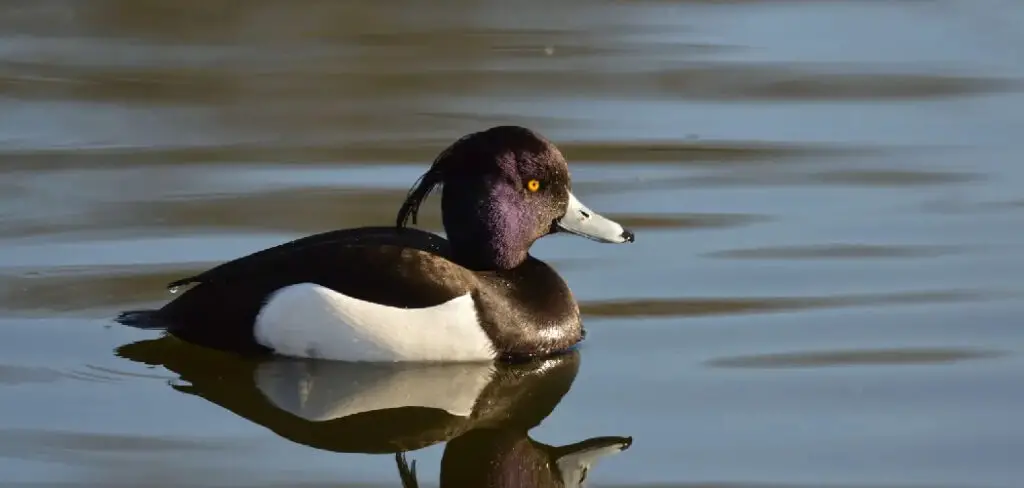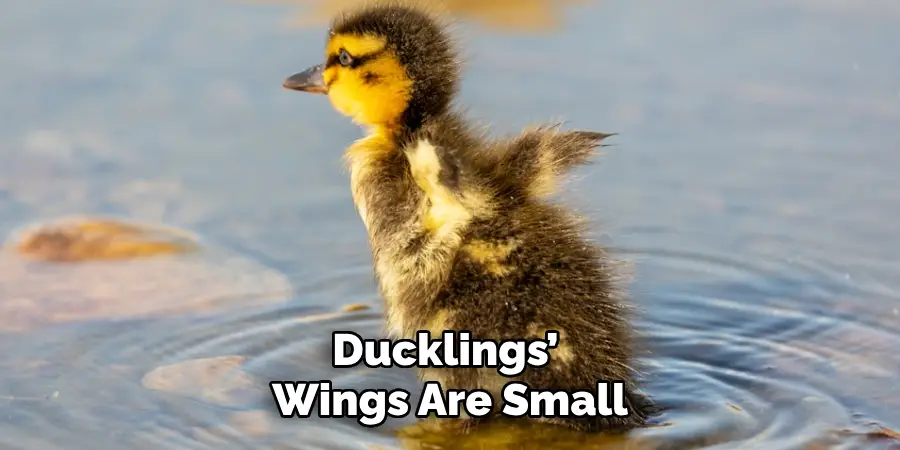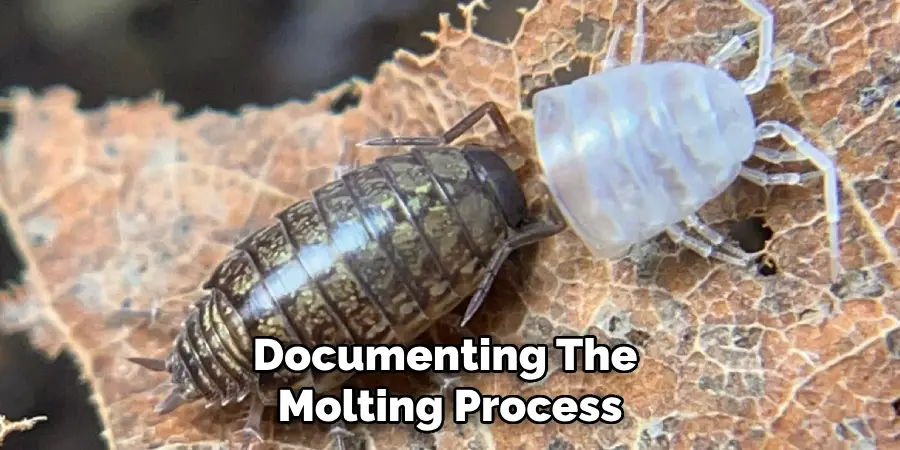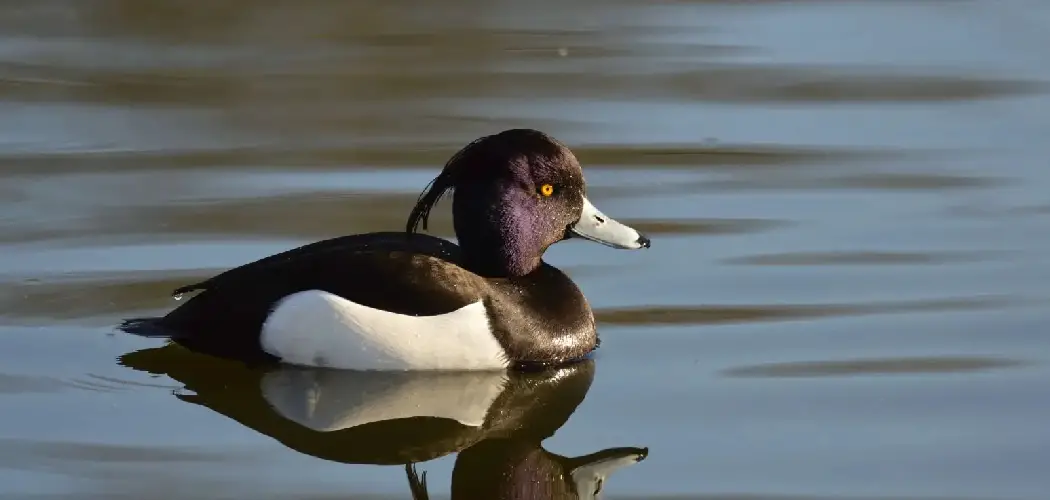Determining the age of a duck can be a valuable skill for bird enthusiasts and caretakers alike, providing insights into health, behavior, and potential care needs. This guide will explore various methods on how to tell the age of a duck, including examining physical characteristics such as plumage and bill color, assessing behavior and vocalizations, and considering environmental factors.

By understanding these indicators, you’ll be equipped to make informed observations about the age of ducks in your care or in the wild, enhancing your appreciation and stewardship of these fascinating waterfowl.
Importance of Determining the Age of Ducks
Knowing the age of a duck is critical for several reasons, particularly in the realms of health management, breeding, and conservation. Younger ducks often require different nutritional support and care compared to older ducks, ensuring their rapid growth and development is sustained. In a breeding context, understanding the age of ducks helps in selecting the most viable and less risky candidates for reproduction, maintaining a healthy and robust population.
Additionally, age determination plays a vital role in wildlife conservation, allowing experts to monitor population dynamics, assess the impact of environmental changes, and implement targeted conservation strategies. Thus, accurately aging ducks can significantly contribute to their well-being and the overall success of ecological initiatives.
Examining Physical Characteristics
Physical characteristics are among the most reliable indicators when determining the age of a duck. One of the primary features to observe is the plumage. Ducklings and juvenile ducks often have softer, downier feathers compared to the sleek and structured plumage of adult ducks. As ducks mature, their feather patterns and colors can also change; for example, many species exhibit more vibrant and distinct colors as they reach adulthood.
Another important physical trait to consider is the bill color. In many duck species, the bill color can change with age. Juvenile ducks typically have more muted or uniform bill colors, which can darken or become more pronounced as they grow older. Additionally, the wear and condition of the bill can also be indicative of age; older ducks may show signs of wear or slight deformities due to prolonged use.

10 Methods How to Tell the Age of a Duck
1. Feather Development
One of the most reliable ways to determine a duck’s age is by observing its feather development. Ducklings are covered in soft down feathers at birth, which are gradually replaced by juvenile feathers as they grow. Around 3-4 weeks old, ducklings start to develop their first set of true feathers, known as fledging. By 7-8 weeks, most ducks have fully developed juvenile feathers, but these are not as vibrant or as well-defined as adult plumage.
Full adult plumage, with distinct coloration and patterns, usually appears around 6 months of age. Observing the transition from down to juvenile and then to adult feathers can provide a clear indication of the duck’s age.
2. Bill Color
The color of a duck’s bill can change significantly as it matures, offering another clue to its age. Ducklings typically have a soft, pale-colored bill. As they grow, the bill color changes, becoming more vibrant and distinct. For example, male Mallard ducks (drakes) develop a bright yellow bill, while females (hens) have an orange-brown bill.
These changes become noticeable around 8-10 weeks of age and are usually fully developed by the time the duck reaches sexual maturity at about 6-7 months. Observing these color changes can help estimate the duck’s age, especially when combined with other physical characteristics.
3. Leg and Foot Color
Leg and foot color can also be an indicator of a duck’s age. Young ducklings often have pale, fleshy-colored legs and feet. As they grow, these appendages typically darken and become more robust. In many species, the color continues to change and becomes more defined as the duck approaches maturity.
For example, the legs of Mallard ducks transition from a pale shade to a more intense orange. By examining the color and texture of the legs and feet, you can get an idea of the duck’s age, particularly when these observations are paired with other aging methods.

4. Size and Weight
Measuring the size and weight of a duck can provide valuable information about its age. Ducklings grow rapidly, with significant size and weight increases occurring in the first few months of life.
By comparing the duck’s current measurements to known growth charts for its species, you can estimate its age. For instance, a Mallard duckling typically weighs about 30 grams at hatching and can reach up to 1 kilogram by 8 weeks. Keeping a record of size and weight over time can help track the duck’s growth and provide a more accurate age estimation.
5. Voice Changes
Ducks’ vocalizations change as they grow, providing another useful aging clue. Young ducklings have soft, peeping sounds, which gradually become louder and more distinctive as they mature. By 4-6 weeks, you can often hear the differences between male and female ducks, as females tend to have louder, more pronounced quacks, while males have softer, raspier sounds.
Listening to the duck’s vocalizations and noting any changes over time can help you estimate its age, especially when combined with physical observations.
6. Behavioral Observations
Behavioral changes can also indicate a duck’s age. Young ducklings stay close to their mothers and are highly dependent on them for warmth and protection.
As they grow, they become more independent, exploring their environment and interacting with other ducks. By 6-8 weeks, ducklings typically start to exhibit adult-like behaviors such as preening, dabbling, and social interactions. Observing these behavioral milestones can provide insights into the duck’s developmental stage and age.
7. Wing Development
Wing development is a critical aspect of a duck’s growth and can be used to estimate age. Ducklings’ wings are small and underdeveloped at birth, with only down feathers. Around 3-4 weeks, the primary flight feathers start to grow, and by 8-10 weeks, the wings are usually fully feathered.

However, these feathers are not yet strong enough for sustained flight. Full flight capability is typically achieved around 12-14 weeks. Examining the stage of wing development and feather growth can help determine the duck’s age, particularly in combination with other physical traits.
8. Sexual Maturity
The onset of sexual maturity provides a clear indication of a duck’s age. Ducks typically reach sexual maturity around 6-7 months of age. At this stage, they develop secondary sexual characteristics such as brighter plumage in males and more defined nesting behaviors in females. Observing these changes, along with the presence of mating behaviors, can help determine if a duck is approaching or has reached maturity. Tracking the timing of these developments in relation to the duck’s overall growth can provide an accurate age estimate.
9. Eye Color
Eye color can be a subtle yet useful indicator of age in some duck species. Ducklings often have darker, less distinct eye colors that change as they mature. For example, the eyes of young Mallards are typically dark brown and become brighter and more defined as they grow older.
In some species, the change in eye color can be quite pronounced, providing a clear marker of the duck’s age. Observing and documenting these changes over time can add another layer of information to your age estimation process.
10. Molting Patterns
Molting patterns provide another reliable method for determining a duck’s age. Ducks undergo several molts throughout their lives, starting with the loss of their down feathers and the growth of juvenile feathers. They typically molt again before reaching full maturity, replacing their juvenile feathers with adult plumage. After reaching maturity, ducks continue to molt annually, usually after the breeding season.
By observing the timing and extent of these molts, you can estimate the duck’s age. Documenting the molting process and comparing it to known patterns for the species can provide a more accurate age determination.

Common Mistakes to Avoid
When estimating the age of ducks, there are several common mistakes that can lead to inaccurate assessments. One frequent error is relying solely on one method of aging, such as plumage color, without considering other indicators like size, behavior, or vocalizations.
This approach can be misleading, as different breeds and individual ducks may develop at slightly different rates. Another mistake is not accounting for environmental factors that may influence growth and development, such as nutrition and habitat conditions.
Additionally, failing to document observations meticulously can result in inconsistent or incomplete data, making it harder to track changes over time. To ensure more accurate age estimations, it’s crucial to use a combination of methods, consider the context, and maintain detailed records of your observations.
Conclusion
Each of these methods offers unique insights into a duck’s age, but they are most effective when used in combination. By observing physical characteristics, vocalizations, behaviors, and developmental milestones, you can form a comprehensive understanding of the duck’s age. Patience, careful observation, and a holistic approach are key to accurately determining the age of a duck. Thanks for reading, and we hope this has given you some inspiration on how to tell the age of a duck!
About
Outdoor Fixes is a distinguished figure in the world of Diy design, with a decade of expertise creating innovative and sustainable Diy solutions.
His professional focus lies in merging traditional craftsmanship with modern manufacturing techniques,
fostering designs that are both practical and environmentally conscious. As the author of diy,
outdoorfixes delves into the art and science of outdoorfixes-making, inspiring artisans and industry professionals alike.
Education RMIT University
(Melbourne, Australia) Associate Degree in Design (Outdoor Fixes) Focus on sustainable design, industry-driven projects,
and practical craftsmanship. Gained hands-on experience with traditional and digital manufacturing tools, such as CAD and CNC software.
Nottingham Trent University
(United Kingdom) Bachelor’s in outdoorfixes.com and Product Design (Honors) Specialized in product design with a focus on blending creativity with production
techniques. Participated in industry projects, working with companies like John Lewis and Vitsoe to gain real-world insights.
Publications and Impact
In diy, Outdoor Fixes his insights on indoor design processes, materials, and strategies for efficient production.
His writing bridges the gap between artisan knowledge and modern industry needs, making it a must-read for both budding designers and seasoned professionals.

